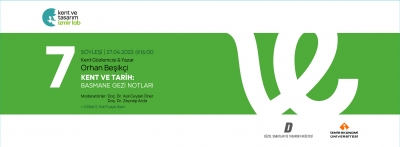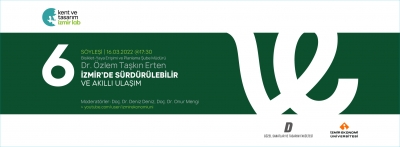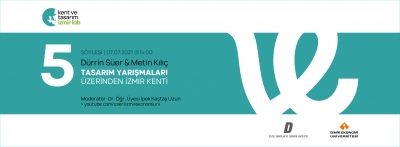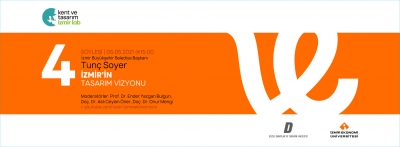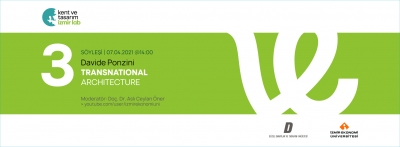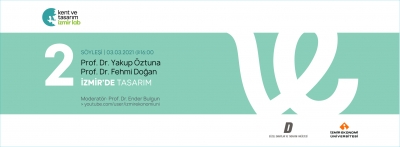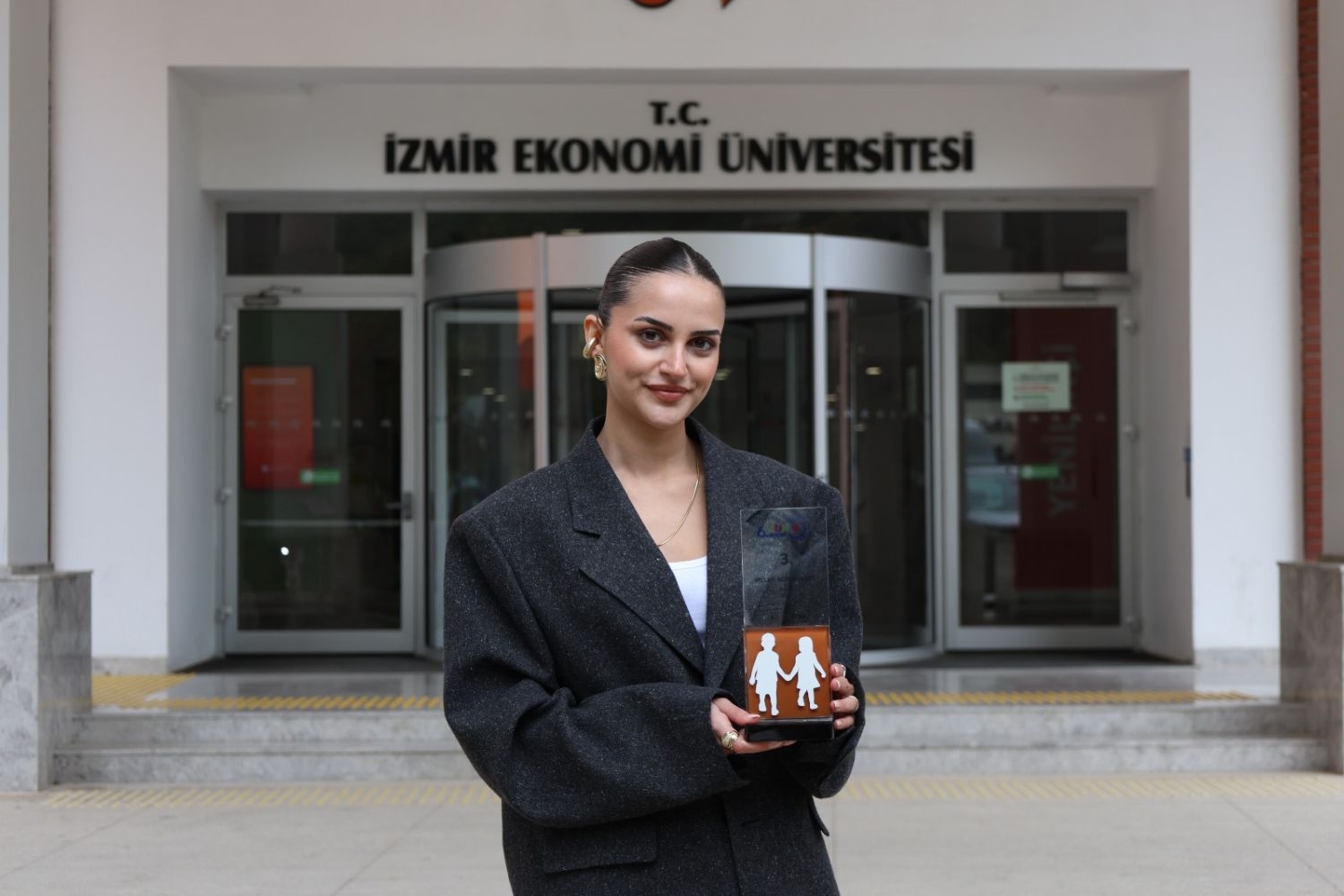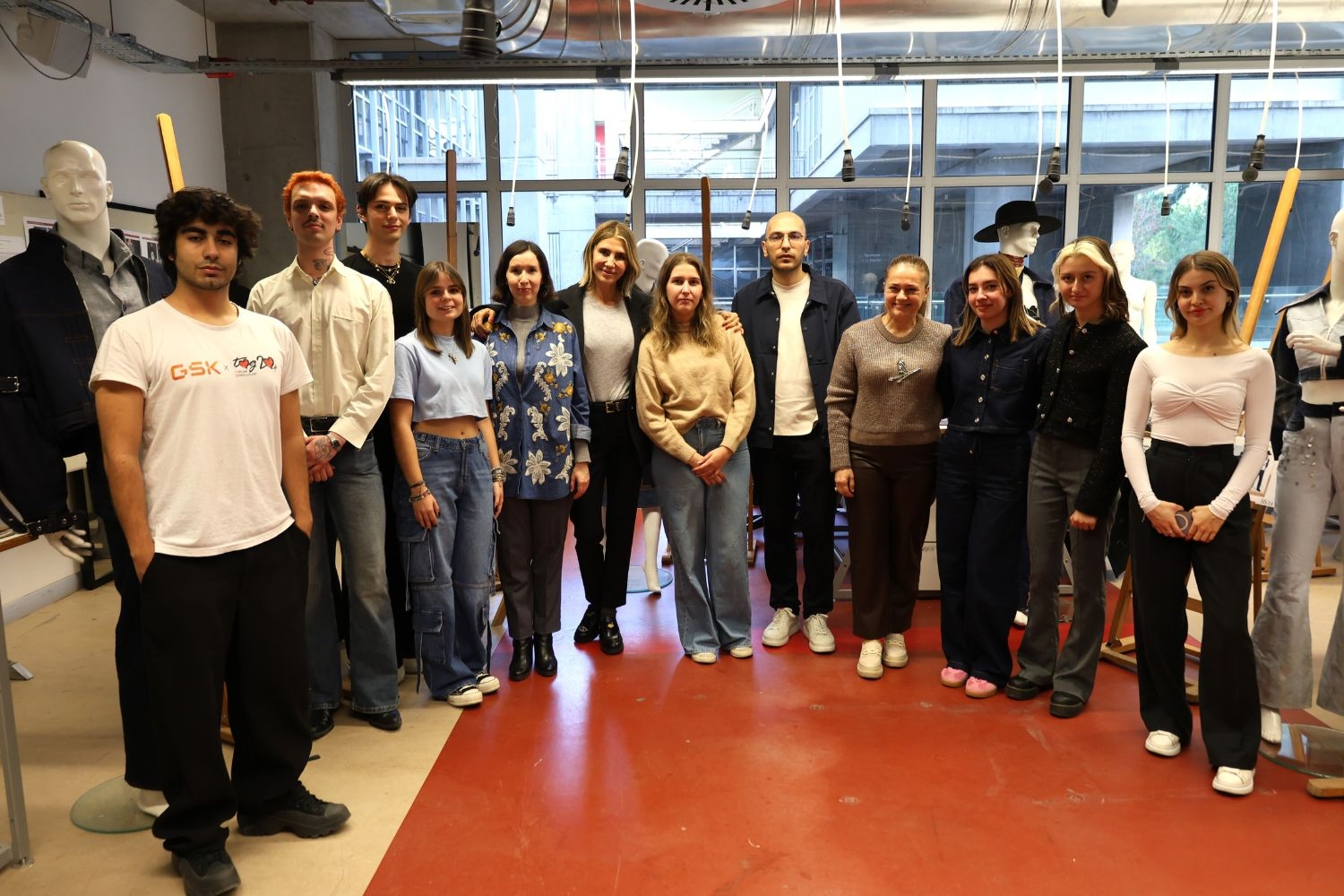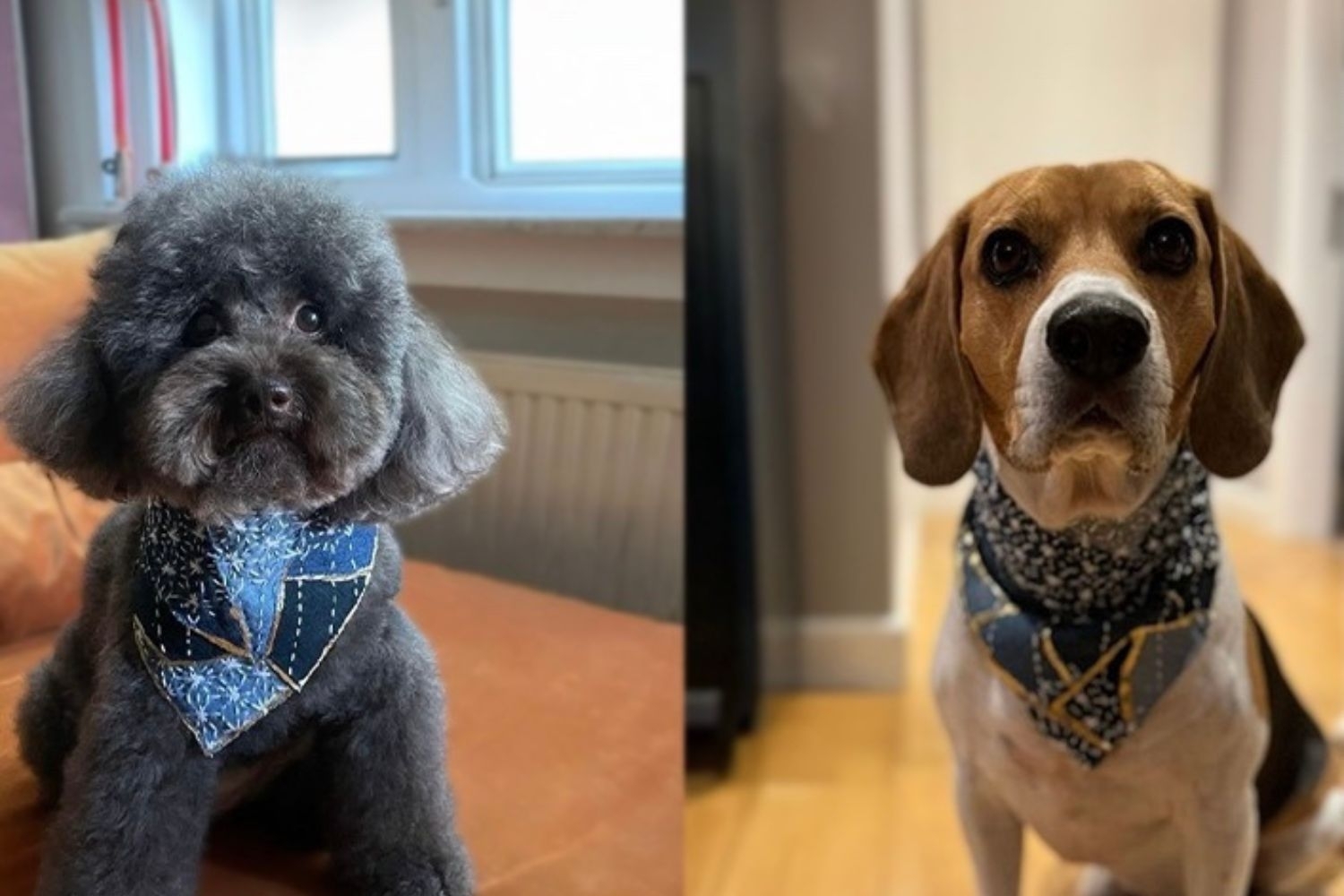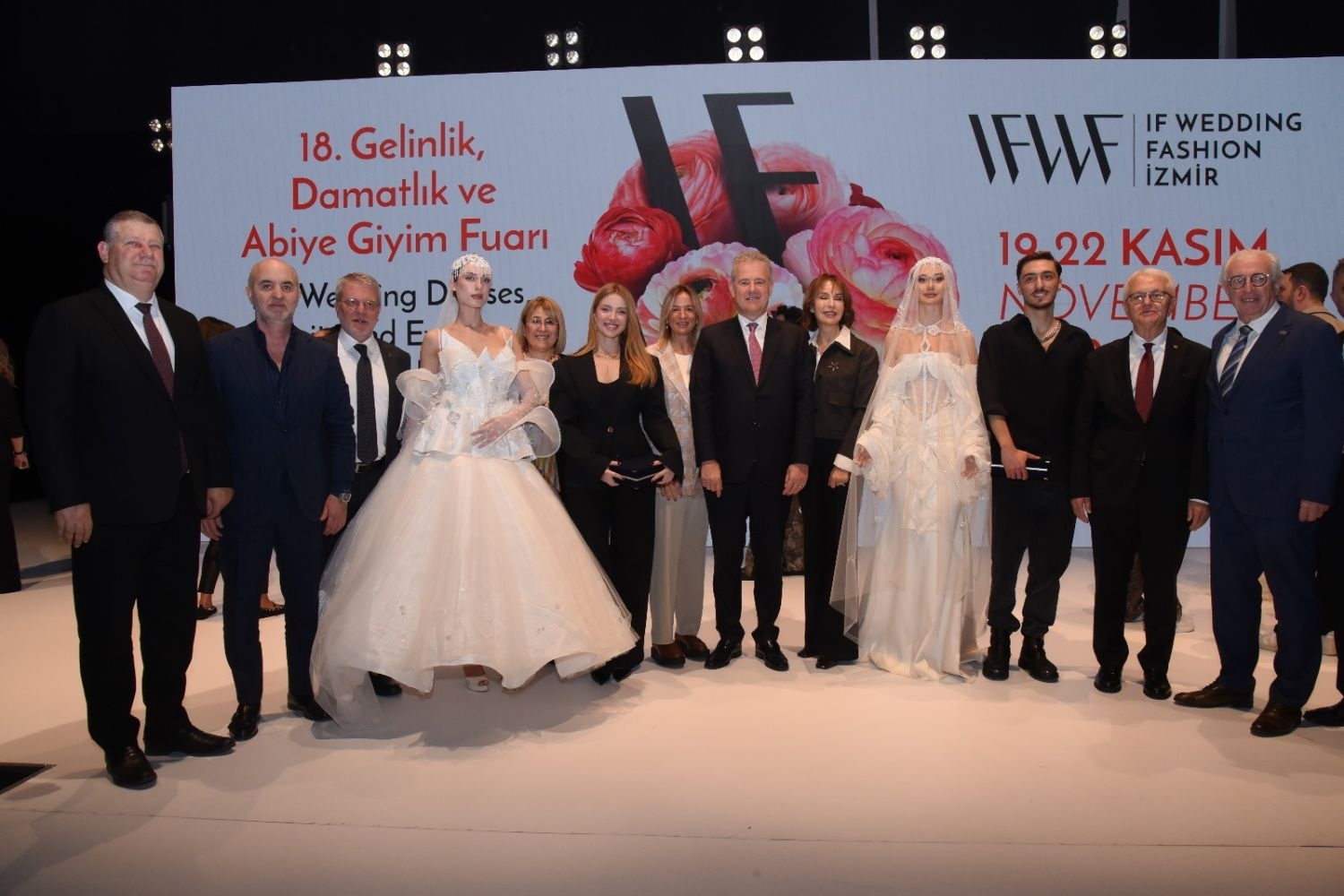FACULTY OF FINE ARTS AND DESIGN
Department of Textile and Fashion DesignGEEC 201 | Course Introduction and Application Information
| Course Name |
Introduction to Business
|
|
Code
|
Semester
|
Theory
(hour/week) |
Application/Lab
(hour/week) |
Local Credits
|
ECTS
|
|
GEEC 201
|
Fall/Spring
|
3
|
0
|
3
|
4
|
| Prerequisites |
None
|
|||||
| Course Language |
English
|
|||||
| Course Type |
Service Course
|
|||||
| Course Level |
First Cycle
|
|||||
| Mode of Delivery | - | |||||
| Teaching Methods and Techniques of the Course | DiscussionGroup WorkLecture / Presentation | |||||
| National Occupation Classification | - | |||||
| Course Coordinator | ||||||
| Course Lecturer(s) | ||||||
| Assistant(s) | ||||||
| Course Objectives | The course examines the roles businesses play in the community, and their aims by focusing on the free market system and competition. It provides knowledge about what should a company do to provide its services or manufacture its products for the customers. The course aims to inform the students about fundamental issues of business like, managerial functions, marketing, finance, accounting and international business. |
| Learning Outcomes |
The students who succeeded in this course;
|
| Course Description | This course has been designed to teach the students the types of business, basic functions of business and all the issues related to running a business. |
| Related Sustainable Development Goals |
|
|
Core Courses | |
| Major Area Courses | ||
| Supportive Courses | ||
| Media and Management Skills Courses | ||
| Transferable Skill Courses |
WEEKLY SUBJECTS AND RELATED PREPARATION STUDIES
| Week | Subjects | Related Preparation |
| 1 | Welcome & Introduction to the Course | Course site in Blackboard |
| 2 | Business and Its Environment Part I (Macroenvironment Analysis) | Ebert, R.J. and Griffin, R.W., 2018. Introduction to Business. Pearson. 13th Edition (Part 1-Chp1) & Bovee, C.L. and Thill, J.V., 2023. Business in action. Pearson Higher Ed.10th Edition (Part 1) |
| 3 | Business and Its Environment Part II (Microenvironment Analysis) | Ebert, R.J. and Griffin, R.W., 2018. Introduction to Business. Pearson. 13th Edition (Part 1-Chp1) & Bovee, C.L. and Thill, J.V., 2023. Business in action. Pearson Higher Ed.10th Edition (Part 1) |
| 4 | Organizational Structure & Functions | Ebert, R.J. and Griffin, R.W., 2018. Introduction to Business. Pearson. 13th Edition (Part 2-Chp 5 & 6) & Bovee, C.L. and Thill, J.V., 2023. Business in action. Pearson Higher Ed.10th Edition (Part 3-Chp 7) |
| 5 | Managing the Business Processes (Part I) | Ebert, R.J. and Griffin, R.W., 2018. Introduction to Business. Pearson. 13th Edition (Part 2) |
| 6 | Management of Processes (Part II) | Ebert, R.J. and Griffin, R.W., 2018. Introduction to Business. Pearson. 13th Edition (Part 2) |
| 7 | Marketing Management (I) (Strategy Development & SWOT Analysis) | Ebert, R.J. and Griffin, R.W., 2018. Introduction to Business. Pearson. 13th Edition (Part 4) & Bovee, C.L. and Thill, J.V., 2023. Business in action. Pearson Higher Ed.10th Edition (Part 5) |
| 8 | Marketing Management (II) | Ebert, R.J. and Griffin, R.W., 2018. Introduction to Business. Pearson. 13th Edition (Part 4) & Bovee, C.L. and Thill, J.V., 2023. Business in action. Pearson Higher Ed.10th Edition (Part 5) |
| 9 | Midterm Exam | |
| 10 | Human Resources Management | Ebert, R.J. and Griffin, R.W., 2018. Introduction to Business. Pearson. 13th Edition (Part 3-Chp 10) & Bovee, C.L. and Thill, J.V., 2023. Business in action. Pearson Higher Ed.10th Edition (Part 4-Chp 11) |
| 11 | Leadership | Ebert, R.J. and Griffin, R.W., 2018. Introduction to Business. Pearson. 13th Edition (Part 3-Chp 8&9) & Bovee, C.L. and Thill, J.V., 2023. Business in action. Pearson Higher Ed.10th Edition (Part 4-Chp 10) |
| 12 | Social Responsibility, Ethics, and Business Law | Ebert, R.J. and Griffin, R.W., 2018. Introduction to Business. Pearson. 13th Edition (Part 1-Chp 2) & Bovee, C.L. and Thill, J.V., 2023. Business in action. Pearson Higher Ed.10th Edition (Part 1-Chp 4) |
| 13 | Accounting and Finance | Ebert, R.J. and Griffin, R.W., 2018. Introduction to Business. Pearson. 13th Edition (Part 6) |
| 14 | Entrepreneurship Asynchronous recording will be shared (Taylan Demirkaya will join us, as a guest lecturer, for a talk on Entrepreneurship) | Ebert, R.J. and Griffin, R.W., 2018. Introduction to Business. Pearson. 13th Edition (Part 1-Chp 3) & Bovee, C.L. and Thill, J.V., 2023. Business in action. Pearson Higher Ed.10th Edition (Part 2) |
| 15 | Wrap up & review of the semester | |
| 16 | Final Exam |
| Course Notes/Textbooks | Readings provided by the instructor |
| Suggested Readings/Materials | Bovee, C.L. and Thill, J.V., 2023. Business in action. Pearson Higher Ed.10th Edition
Ebert, R.J. and Griffin, R.W., 2018. Introduction to Business. Pearson. 13th Edition
Mirze, S. Kadri (2013). Introduction To Business. Literatür Yayıncılık https://www.nytimes.com/section/business https://www.ft.com/ https://www.bloomberg.com/businessweek |
EVALUATION SYSTEM
| Semester Activities | Number | Weigthing |
| Participation |
1
|
30
|
| Laboratory / Application | ||
| Field Work | ||
| Quizzes / Studio Critiques | ||
| Portfolio | ||
| Homework / Assignments | ||
| Presentation / Jury | ||
| Project | ||
| Seminar / Workshop | ||
| Oral Exams | ||
| Midterm |
1
|
30
|
| Final Exam |
1
|
40
|
| Total |
| Weighting of Semester Activities on the Final Grade |
2
|
60
|
| Weighting of End-of-Semester Activities on the Final Grade |
1
|
40
|
| Total |
ECTS / WORKLOAD TABLE
| Semester Activities | Number | Duration (Hours) | Workload |
|---|---|---|---|
| Theoretical Course Hours (Including exam week: 16 x total hours) |
16
|
3
|
48
|
| Laboratory / Application Hours (Including exam week: '.16.' x total hours) |
16
|
0
|
|
| Study Hours Out of Class |
14
|
2
|
28
|
| Field Work |
0
|
||
| Quizzes / Studio Critiques |
0
|
||
| Portfolio |
0
|
||
| Homework / Assignments |
0
|
||
| Presentation / Jury |
0
|
||
| Project |
0
|
||
| Seminar / Workshop |
0
|
||
| Oral Exam |
0
|
||
| Midterms |
1
|
20
|
20
|
| Final Exam |
1
|
23
|
23
|
| Total |
119
|
COURSE LEARNING OUTCOMES AND PROGRAM QUALIFICATIONS RELATIONSHIP
|
#
|
Program Competencies/Outcomes |
* Contribution Level
|
|||||
|
1
|
2
|
3
|
4
|
5
|
|||
| 1 |
To be able to develop and design a collection independently. |
-
|
-
|
-
|
-
|
-
|
|
| 2 |
To be able to do maintain a design research individually or as a team. |
-
|
-
|
-
|
-
|
-
|
|
| 3 |
To be able to develop entrepreneurship- and managerial skills for a future professional practice. |
-
|
-
|
-
|
-
|
-
|
|
| 4 |
To be able to understand, interpret and apply theoretical knowledge in fashion and textile design. |
-
|
-
|
-
|
-
|
-
|
|
| 5 |
To be able to analyze and integrate the particular local and regional needs and of their profession. |
-
|
-
|
-
|
-
|
-
|
|
| 6 |
To be able to obtain a multidisciplinary point of view, follow and analyze the new issues, changes and trends in contemporary design and art in such a way that they can be integrated into design practice. |
-
|
-
|
-
|
-
|
-
|
|
| 7 |
To be able to apply industrial requirements, knowledge of material & usage and know-how knowledge in the creation of high quality fashion products. |
-
|
-
|
-
|
-
|
-
|
|
| 8 |
To be able to use digital information and communication technologies at a level that is adequate to the discipline of fashion and textile design. |
-
|
-
|
-
|
-
|
-
|
|
| 9 |
To be able to develop an ongoing analytical and professional approach to academic and design research. |
-
|
-
|
-
|
-
|
-
|
|
| 10 |
To be able to recognize the need and importance of a personal lifelong learning attitude towards their chosen area of interest. |
-
|
-
|
-
|
-
|
-
|
|
| 11 |
To be able to collect data in the areas of fashion and textile design and communicate with colleagues in a foreign language ("European Language Portfolio Global Scale", Level B1). |
-
|
-
|
-
|
-
|
-
|
|
| 12 |
To be able to speak a second foreign at a medium level of fluency efficiently. |
-
|
-
|
-
|
-
|
-
|
|
| 13 |
To be able to relate the knowledge accumulated throughout the human history to their field of expertise. |
-
|
-
|
-
|
-
|
-
|
|
*1 Lowest, 2 Low, 3 Average, 4 High, 5 Highest
NEWSALL NEWS

IZMIR UNIVERSITY OF ECONOMICS GÜZELBAHÇE CAMPUS
DetailsGLOBAL CAREER
As Izmir University of Economics transforms into a world-class university, it also raises successful young people with global competence.
More..CONTRIBUTION TO SCIENCE
Izmir University of Economics produces qualified knowledge and competent technologies.
More..VALUING PEOPLE
Izmir University of Economics sees producing social benefit as its reason for existence.
More..









